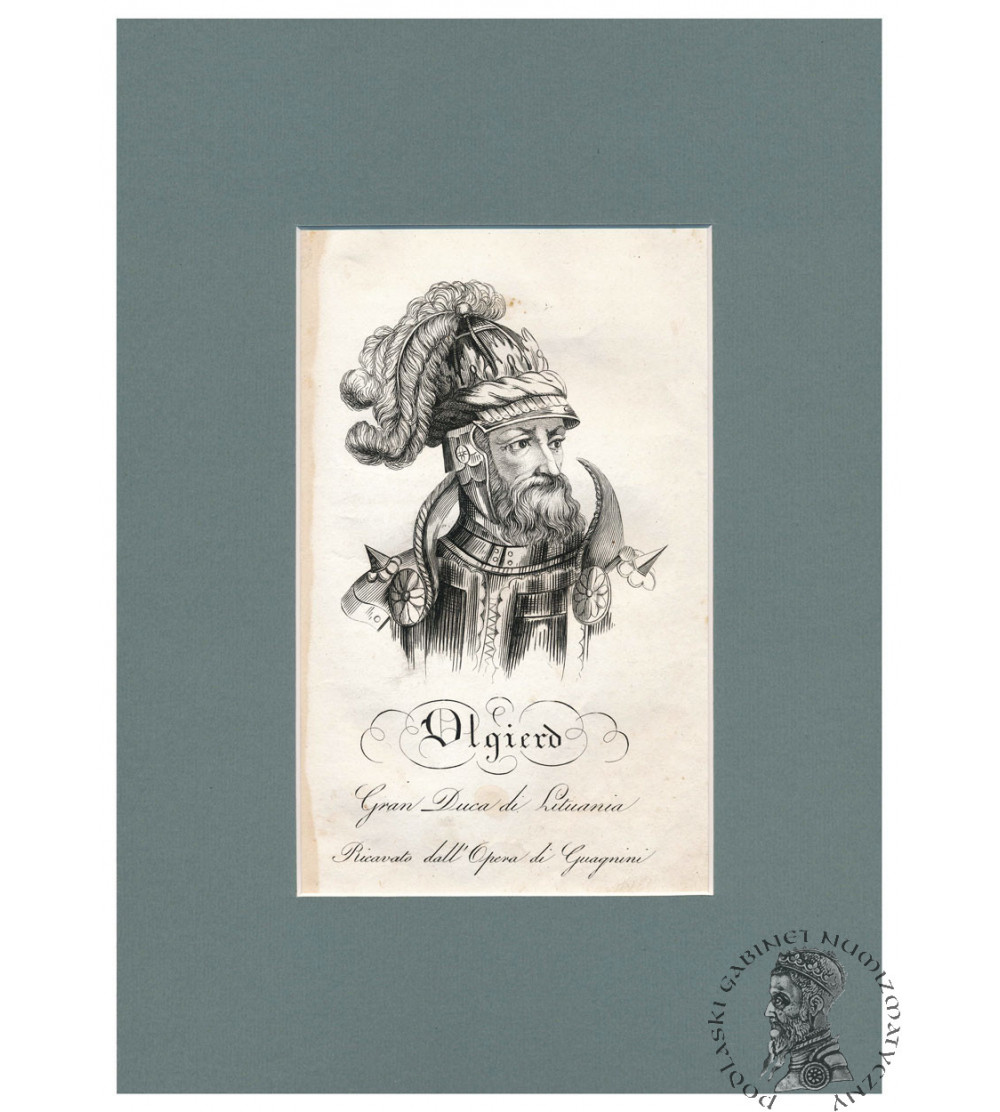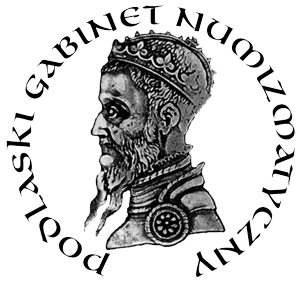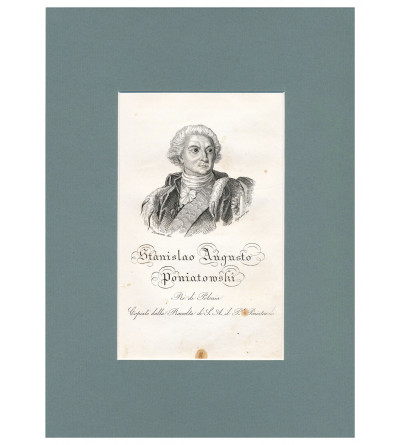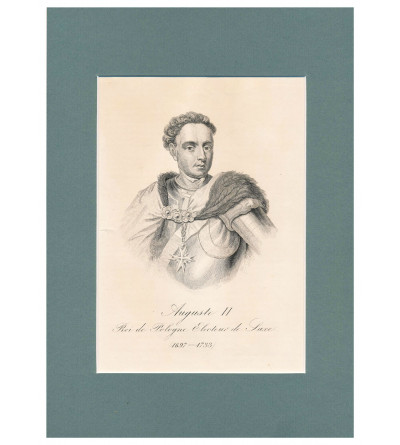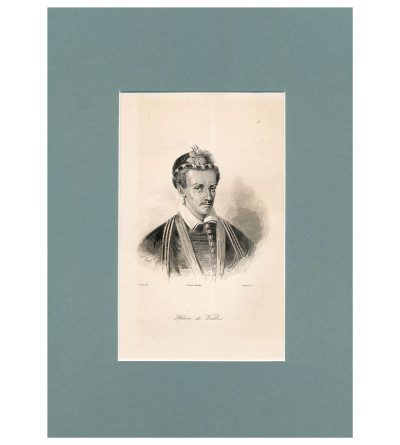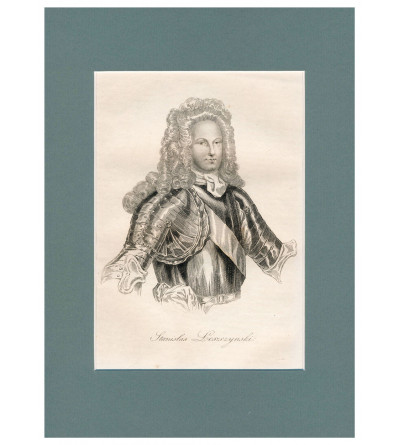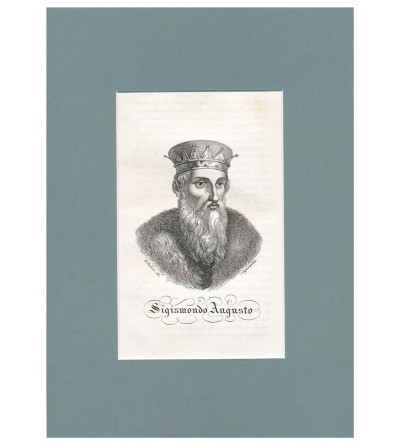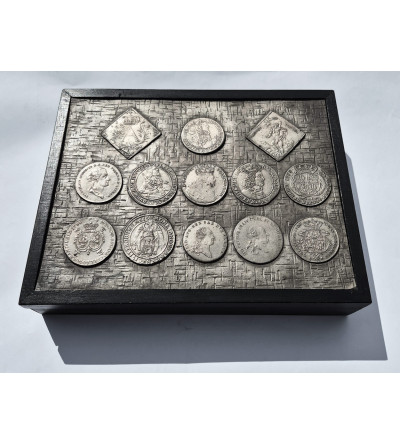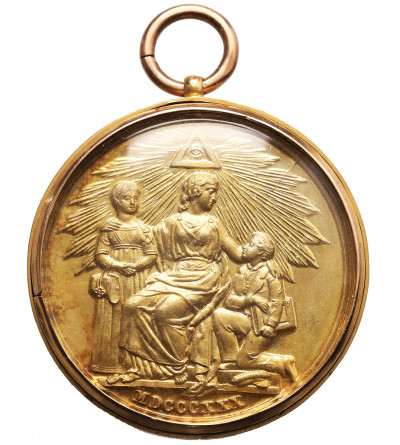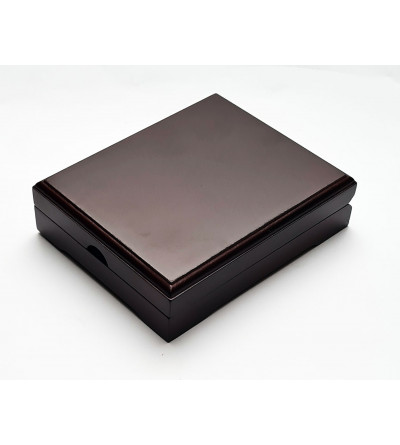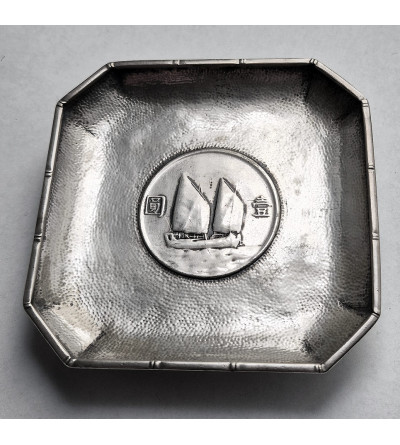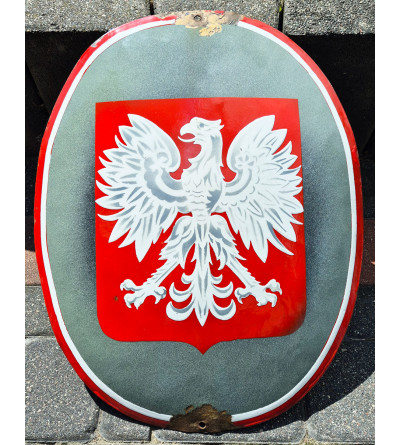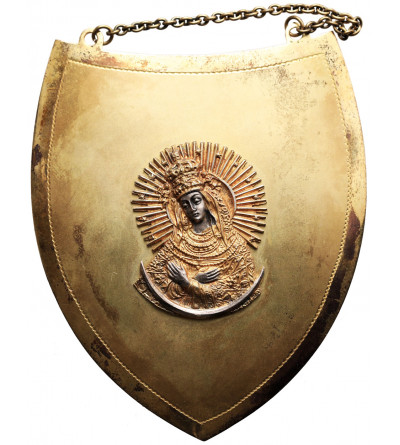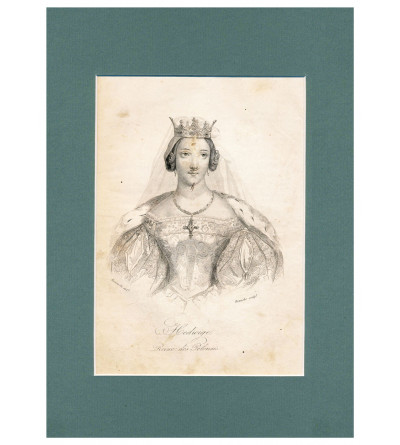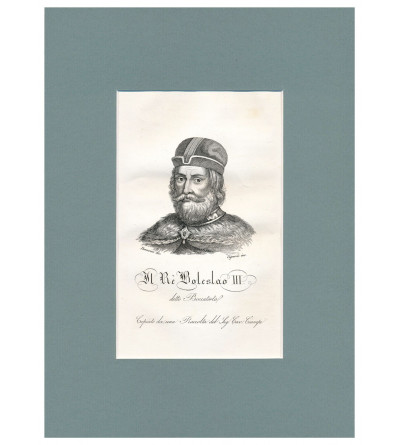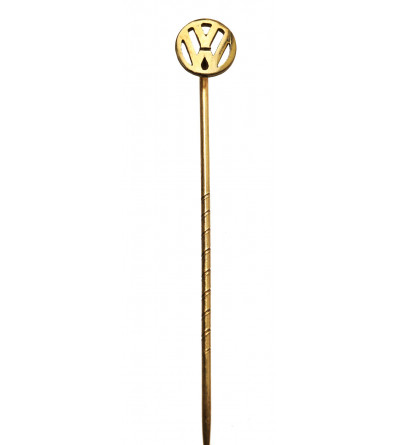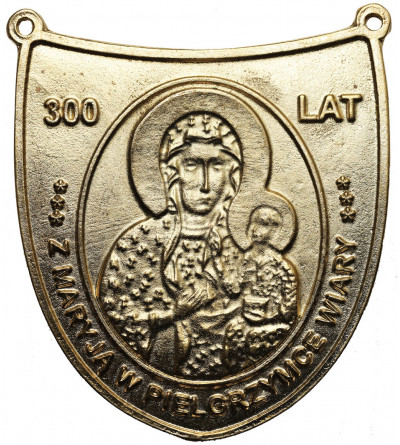Olgierd Gediminas became famous as a talented administrator, an outstanding leader, a conqueror of the Golden Horde and a tamer of the Grand Duchy of Moscow. The history of the world (and of Poland and Lithuania in particular) would have been decidedly different had it not been for his powerful decisions - in fact, it was thanks to him that Ladislaus Jagiello became one of the most popular and valorous Polish rulers! The life of Olgirdas Gediminas was a string of battles and wars. The very first months of his reign brought the Grand Duchy of Lithuania into a war with the Teutonic Order, which ended in a triumphant victory for Olgierd. He multiplied his influence and lands at a pace comparable to his father's achievements - he took informal dominion over Veliky Novgorod and Pskov, seized the Svero-Chernihiv land and part of Smolensk (this resulted in a short-lived war with Poland, which ended in a truce in 1351), defeated the Golden Horde and in 1363 incorporated Kiev and a large part of Ukrainian lands into the Principality. During the war with the Orda, he became particularly famous for his magnificent victory at the Battle of the Siny Waters near Targovitsa, while freeing Podolia and much of the Kiev principality from Tatar rule.
In 1350, Olgierd married Juliana Tverskaya, daughter of Grand Duke Alexander Tversky and Anastasia Halytskaya. It was in defense of her brother, and his brother-in-law, Mikhail II of Tver, among others, that he undertook many successful military expeditions into Moscow between 1368 and 1370, repeatedly burning and looting its environs, while ensuring Mikhail II's return to the throne of the Duchy of Tver twice. The real end of Olgierd's string of victories came in 1373, when, after an unsuccessful assault on Moscow (the decisive battle of Lubuck was inconclusive, forcing Olgierd to return to Lithuania), he decided to deal primarily with politics and direct it from his court. He had a decisive voice over all his brothers, and thus initiated more than one more invasion of Muscovite lands until 1377, although he no longer led them himself. In addition, he continued his father's policy of baptism, brought about the reestablishment of the Orthodox metropolis of Lithuania, and cared for his people, thanks to which he enjoyed great respect and esteem from both court and subjects until the end of his life. Olgierd Gediminas died in 1377, leaving the throne of the Grand Duchy of Lithuania to the most illustrious of his sons - the future King of Poland, Ladislaus Jagiello. Source: historia.org.pl
,,STORIA DELLA POLONIA" BY BERNARD ZAYDLER - HISTORY OF POLAND IN PICTURES TOLD TO ITALY. The title of the work Storia della Polonia fino agli ultimi tempi scritta dal dottore Bernardo Zaydler Polacco membro della Regia Società degli Amici delle Scienze in Warsavia, e di pare-cchie accademie letterarie italiane can be translated as "History of Poland until the last times written by Dr. Bernard Zaydler, a Pole, member of the Royal Society of Friends of Science in Warsaw and similar literary academies in Italy." It was published in the Florentine outhouse V. Batelli e Figli, in 1831, that is, during the November Uprising, when the Polish-Russian war was taking place on Polish soil. The "ultimi tempi" mentioned in the title, however, did not include the uprising, and the last chapter of the book was devoted to the flourishing Kingdom of Poland under Czar Nicholas I, whose portrait precedes the title page of the publication. The book consists of two volumes, the first of which has 440 pages and the second 720. The work is illustrated with 107 charts, created in intaglio by Florentine printmakers based on contemporary and ancient engravings. There are also two maps depicting the borders of Poland: pre-partition and from 1831. As Jadwiga Jaworska matter-of-factly describes the book's illustrations, they are "flimsy engravings made by mediocre engravers" . Most of their authors are known mainly from this very publication and only their names, often without first names, fixed in signatures under the compositions, have survived to our times. These included: Corsi , Verico , Adamo Bozza , Nasi, Cignozzi. Among the illustrators, the name of Francesco Pieraccini appears , about whom also little is known. Source: Kamilla Pijanowska, National Museum in Warsaw
